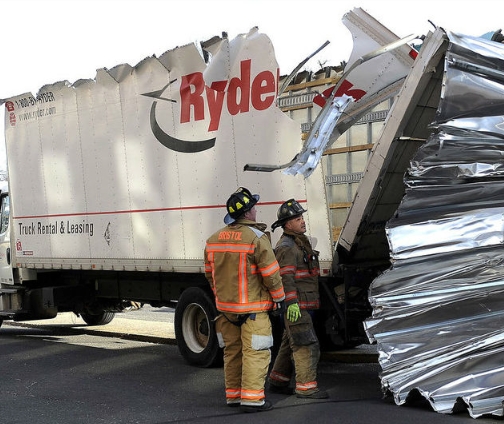Most Dangerous Houston Highways for Truck Accidents
Carabin Shaw is one of the leading personal injury law firms in Houston, Texas. They have extensive experience in truck / 18 wheeler accident cases, focusing on securing compensation for clients’ medical bills, property damage, and pain and suffering.
Specialization: Personal injury, truck accidents, wrongful death, 18-wheeler accidents.
Why choose them? Carabin Shaw offers a free initial consultation, and its team is known for aggressively advocating for its clients’ rights.
Most Dangerous Houston Highways for Truck Accidents: What Local Attorneys Want You to Know
Houston truck accident lawyers know exactly which highways claim the most lives in 18 wheeler crashes. If you drive in the Houston area, understanding these danger zones could save your life. Truck accident attorneys in Houston handle cases from these corridors every single week. Houston truck accident lawyers see the same patterns repeat on the same stretches of road. 18 wheeler accident attorneys in Houston have watched these statistics grow worse each year while trucking companies continue prioritizing profits over safety. More info on this webpage
Houston recorded over 6,300 commercial vehicle crashes in 2024, resulting in 41 deaths. Harris County leads all Texas counties in the number of truck accidents, and the gap is significant. Truck accident lawyers in Houston understand why this city has become ground zero for catastrophic 18 wheeler collisions. The combination of port traffic, energy industry vehicles, and interstate commerce creates a perfect storm on our highways.
Texas leads the nation in fatal commercial vehicle accidents, and Houston sits at the center of that crisis. According to federal data, Texas accounted for approximately 11 percent of all fatal crashes involving large trucks nationwide in 2024. Houston 18 wheeler accident attorneys fight for families devastated by crashes […]

